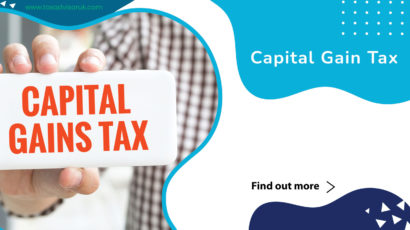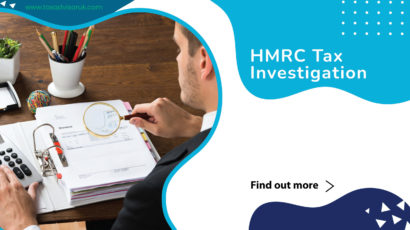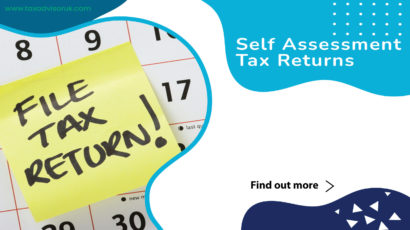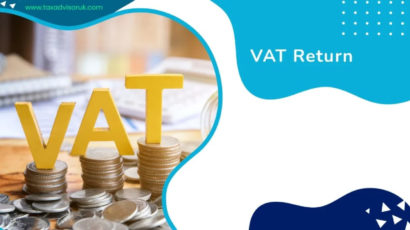The Coronavirus Job Retention Plan (CJRS, often known as the furlough scheme) was first implemented in March 2020, and it provided employers with a subsidy to pay a percentage of their eligible employees’ wage costs.
This initially applied to employees who were kept on the payroll but did not work for the company (known as “furloughed” employees). Later, the programme was expanded to accommodate employees who only work a portion of their typical hours. The programme was set to terminate on March 31, 2021, however it has been extended until September 30, 2021.
Employees were paid 80% of their earnings for hours not worked until June 30, 2021, under the enlarged programme, up to a ceiling of £2,500 per employee. All applicable employer National Insurance Payments (NICs) and pension contributions must be paid by the employer.
The government payment for hours not worked was decreased to 70% of wages in July, up to a ceiling of £2,187.50. The company is required to pay the employee 10% of his or her salary, up to a maximum of £312.50.
For August and September, the government payment for hours not worked will be reduced to 60% of salaries, subject to a £1,875 ceiling. The employer contribution will rise to 20%, with a maximum of £625. Flexible furloughing will be allowed in addition to full-time furloughing, as it is now.
Key points about the extended Furlough Scheme
- Employees must have been employed on March 2, 2021, and reported on an employer’s PAYE payroll between March 20, 2020, and March 2, 2021 to be eligible for claims beginning May 1, 2021.
- Employers do not need to have filed a claim for an employee before March 2, 2021 in order to file a claim for periods beginning on or after May 1, 2021.
- Employees can be employed under a variety of contracts. Employers and employees will be able to agree on any working arrangements.
- Employers can claim the grant for the hours their employees are not working, which is computed using their typical working hours throughout the claim period. The approach for such calculations will largely be the same as it is now under the CJRS.
- Employers must report and claim for a minimum of seven consecutive calendar days when claiming the CJRS grant for furloughed hours.
- Employers must state the number of hours worked and the average number of hours an employee is expected to work during a claim period.
- Employees will be paid by their employer for worked hours, according to their employment contract, and employers will be responsible for paying any applicable tax and NICs.
The government hopes that, like with CJRS, officially sponsored organisations will not use the system, but partially publicly funded organisations may be eligible if their private earnings have been affected. These employers must meet all other eligibility conditions.
How TaxAdvisor UK can help
At TaxAdvisor UK , our experts will provide you 30 minutes free consultation and help you in managing all your tax and accounting work. Speak to our expert accountants, tax advisor on (0203) 5381276 or fill an online form today. We can have a consultation session over the phone, virtual or face to face meeting and will provide you no obligation fixed quote.

















